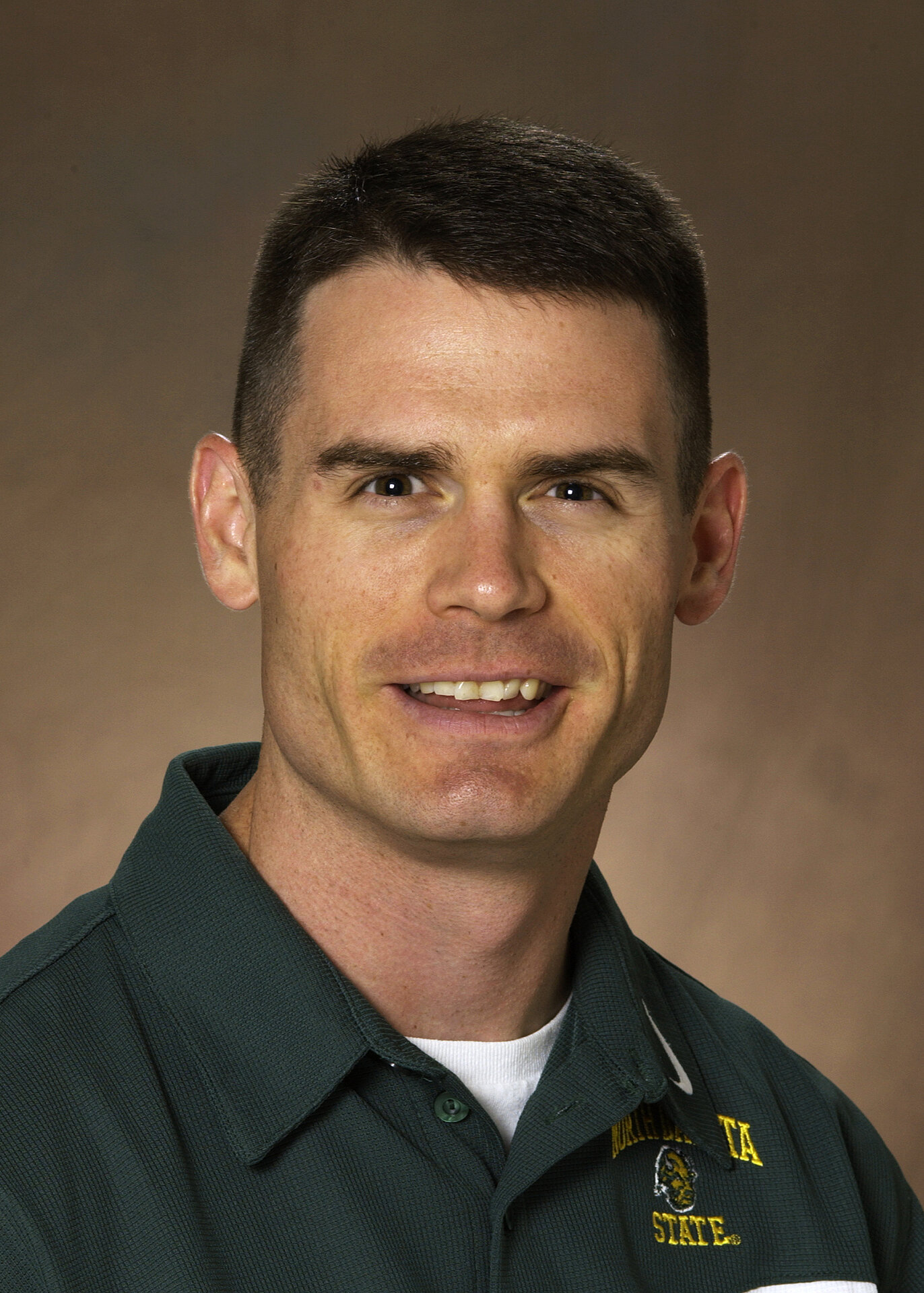
Several faculty and students from the College of Human Development and Education gave presentations at the American College of Sports Medicine national meeting, May 27-30 in Seattle.
Charles Fountaine, lecturer of health, nutrition and exercise sciences, gave a slide presentation titled “Screen Time is Not an Impediment to Physical Activity in College Students.” He co-wrote the presentation with Gary Liguori, assistant professor, and Arupendra Mozumdar, international exchange scientist. Fountaine talked about their finding that for NDSU college students, screen time (television/DVD watching, computer use, playing video games) does not appear to reduce the amount of time an individual may spend being physically active.
“Our presentation counters the conventional wisdom that engaging in sedentary screen time behaviors will reduce the time one can spend being physically active. Being physically active and sedentary are two separate constructs, not functional opposites,” Fountaine said. “Based on these findings, we feel that within the course of a typical day for a college student, there is time for both physical activity and screen time, it does not have to be an either or trade-off.”
Bryan Christensen, assistant professor of health, nutrition and exercise sciences, and Christopher Siegel, a master’s student in exercise science, gave a poster presentation titled “Effectiveness of a Summer Training Program on Sprint Acceleration of High School Athletes.”
The study was about how effective a summer training program was for increasing 10-yard sprint times. This summer training program was for high school students in the Fergus Falls, Minn., area and involved activities such as plyometrics, speed and agility training, vertical jumping, conditioning and core training.
“Surprisingly, we found that more than half the participants actually increased their time in the 10-yard sprint. This obviously is not good because they should be getting faster (so the times would decrease) due to the training program and just natural maturation,” Christensen said. “There were a few things that could have affected our results, such as some subjects were involved in other sport specific camps at the same time and some subjects had practiced or worked out before they came for the post-test.”
Donna Terbizan, professor of health, nutrition and exercise sciences, and Dawn Hammerschmidt, doctoral student in human development and wellness, also gave a poster presentation titled “The Prevalence of Work-Related Musculoskeletal Disorders in Certified Members of the National Athletic Trainer’s Association.”